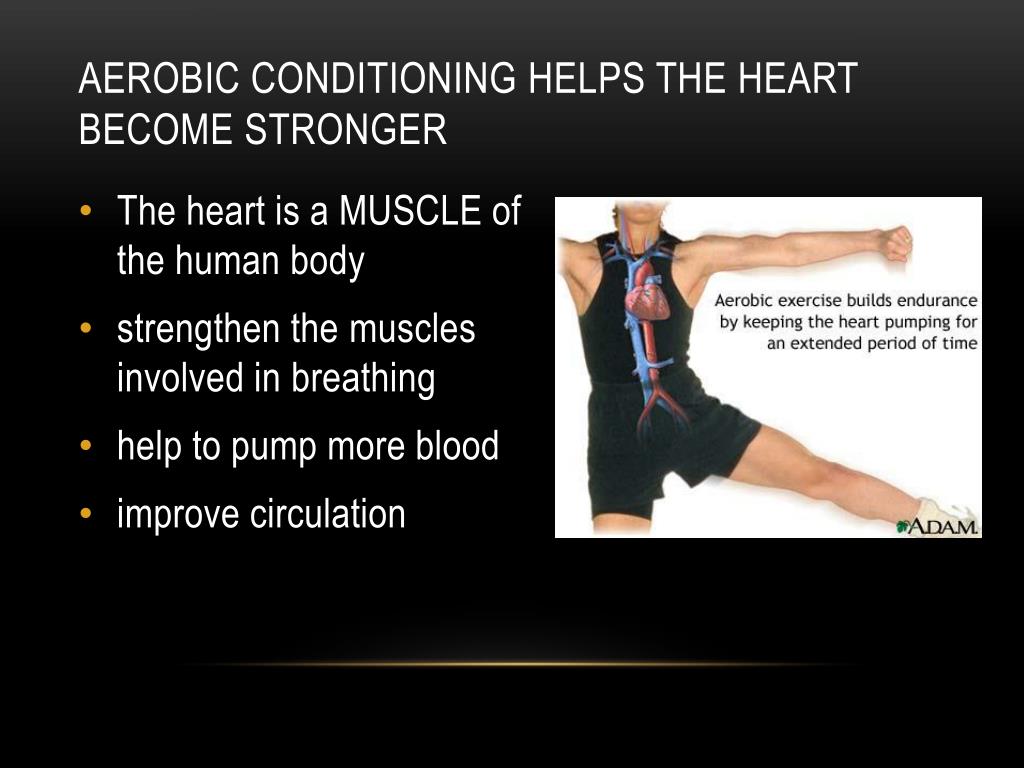

There may be times when a highly trained athlete will train in the 50%–60% zone (e.g., for recovery or long, slow distance training). While these zones are general recommendations, it is important to understand that varying your training intensity is important no matter what your fitness level. What training zone you should exercise in depends on many things: your fitness level, age, underlying medical conditions, fitness goals and if you are in a recovery phase of your program, just to name a few.īut basically, you can divide the heart rate training zones into three categories:ĥ0–60% of MHR: This intensity is for individuals who are beginners or just starting an exercise program, after they have checked with their doctor and been cleared to exercise.Ħ0–70% of MHR: This intensity is for those who exercise regularly and would like to continue increasing overall fitness or improve race times.ħ5-85% MHR: If you're a healthy, experienced and fit individual and your goal is to improve aerobic capacity or athletic performance, you will likely be exercising in this training zone. A common method to determine your target heart rate (THR) is to use a percentage of your estimated maximum heart rate (MHR).Ĭheck out the formulas at the end of this article to determine your MHR and THR. This ensures that blood travels to the muscles so they can get the oxygen and nutrients they need to continue working.īeing able to measure your heart rate allows you to determine aerobic exercise intensity by taking your pulse during a workout and comparing it to your target heart rate. When performing light to moderate exercise, your heart rate increases as your work rate increases. The rate at which your heart beats during exercise can be used to assess how hard you are working. To determine the number of beats per minute, take the pulse rate (counting the first pulse beat as 0) for 10 seconds and then multiply by 6. If you choose to take your pulse at the carotid site, avoid putting heavy pressure on the carotid arteries because they contain receptors that sense increases in pressure and respond by slowing the heart rate. To assess heart rate, place your fingertips on either the radial or carotid pulse site. The measurement of heart rate, or pulse, is represented in beats per minute (bpm). However, you can still obtain health benefits from doing 5–10 minutes of aerobic exercise. People have different aerobic fitness levels, but in order to really get health benefits from aerobic conditioning, you should exercise for prolonged amounts of time, striving for 20–60 minutes. In other words, it's the prolonged use of large muscles.

It involves the ability to persist in activities, such as elliptical training, walking, jogging and cycling. Aerobic conditioning is the ability of the heart, lungs and circulatory system to supply oxygen and nutrients to the working muscles.


 0 kommentar(er)
0 kommentar(er)
